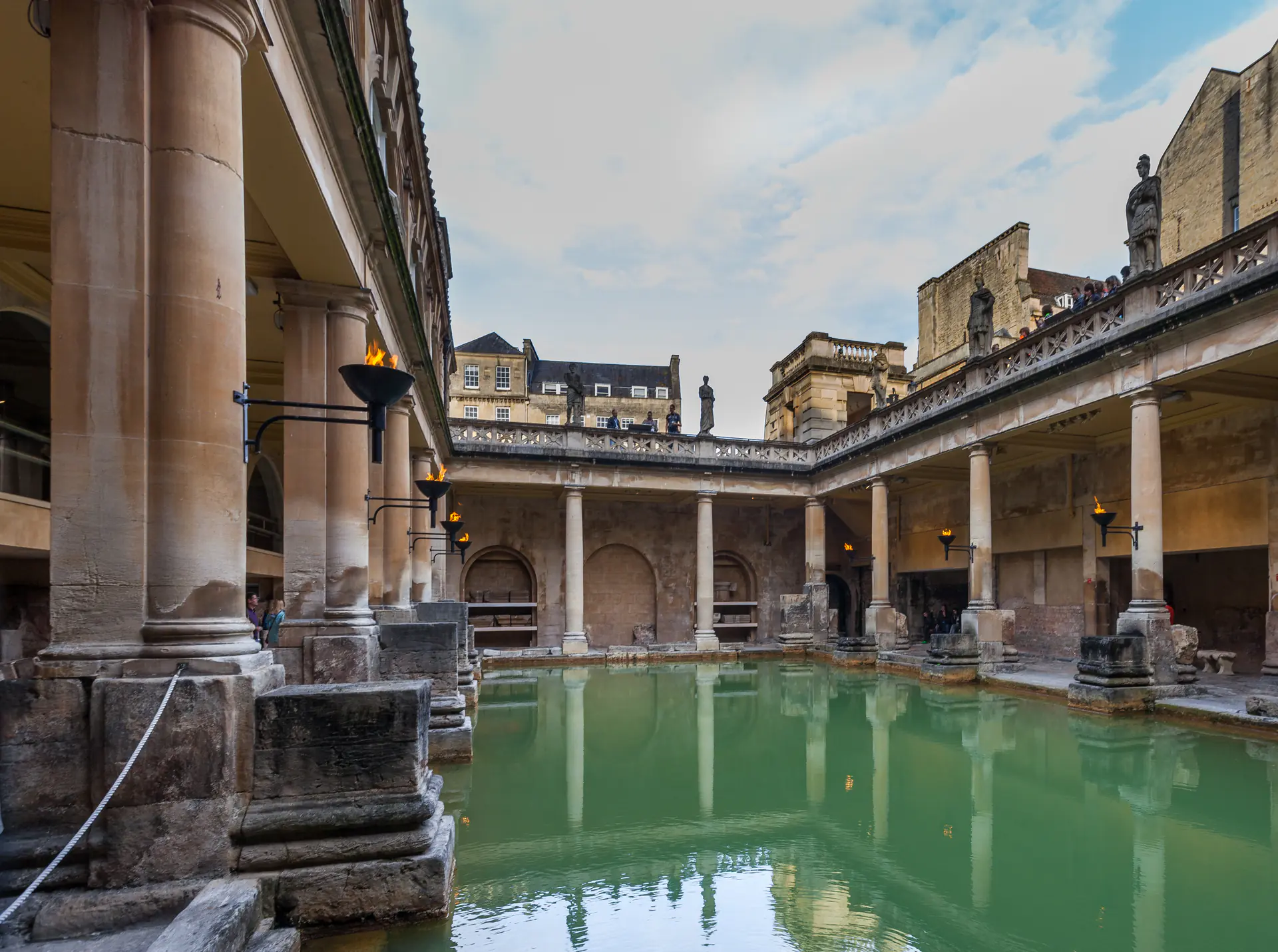
Europe's Great Spa Towns and Their Thermal Springs
Eleven Distinguished Wellness Destinations Across Seven Nations
About This Site
Eleven distinguished spa towns across seven European countries represent the extraordinary evolution of spa culture from the 18th to early 20th centuries. From Bath's ancient Roman thermal origins producing over a million litres daily at 46°C to Karlovy Vary's exceptionally hot Vřídlo geyser reaching 73.4°C, these towns showcase therapeutic traditions, architectural grandeur ranging from neoclassical to Art Nouveau styles, and the remarkable social phenomena that defined European wellness culture. Together they demonstrate how natural mineral springs transformed into sophisticated international destinations, establishing modern wellness tourism traditions across multiple nations and centuries of continuous cultural development. Each town contributes unique architectural styles, therapeutic approaches, and cultural institutions from opera houses to elegant colonnades, representing the cosmopolitan ideals of European spa society.
Why It Matters
Outstanding testimony to European spa culture development around natural mineral springs from the 18th to early 20th centuries, representing therapeutic and leisure evolution through distinctive architecture including colonnades and pump rooms, landscaped gardens, cultural institutions such as opera houses and casinos, and international social exchange that profoundly shaped modern wellness tourism traditions across seven nations.
Distinguished Spa Towns
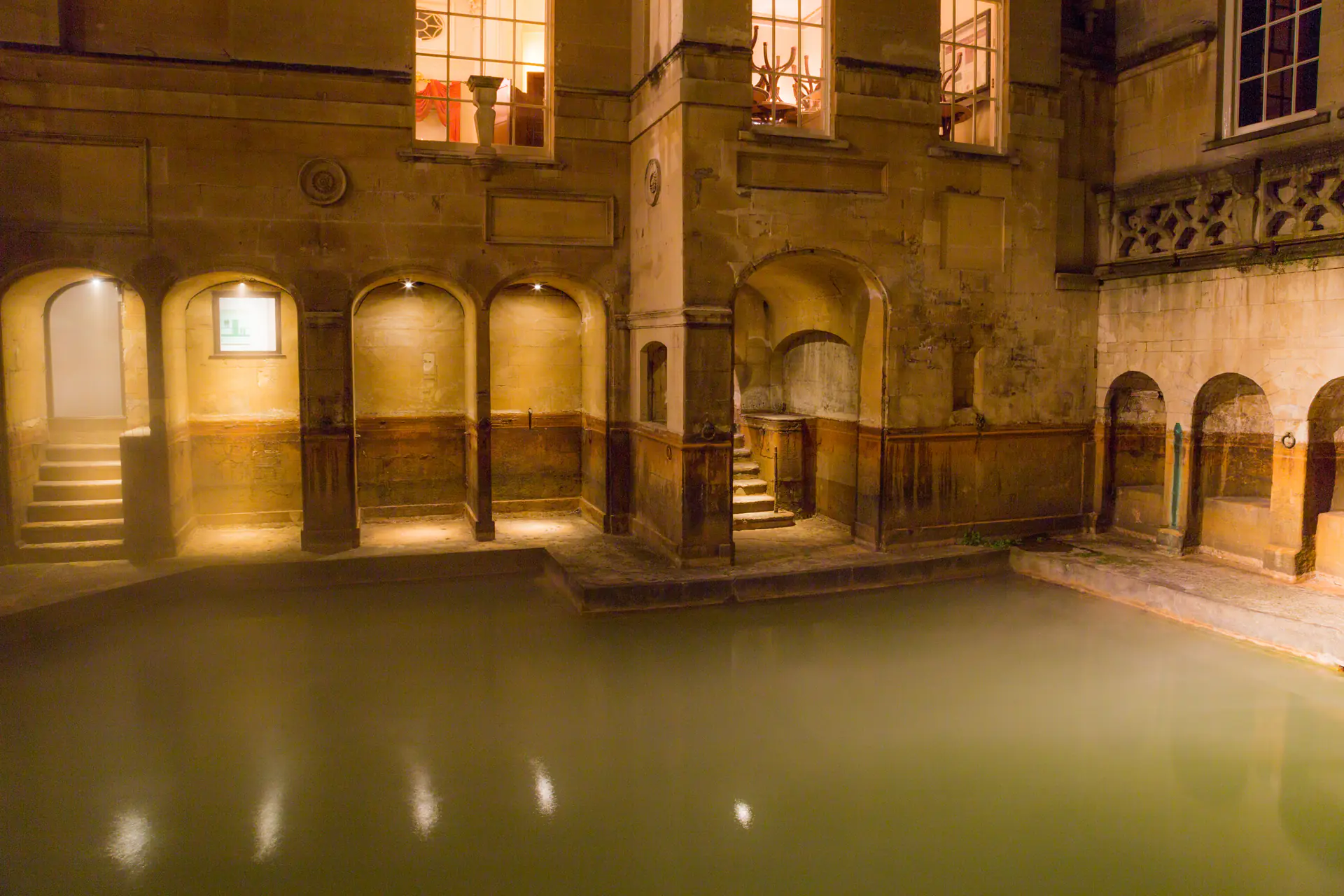
City of Bath - Roman Heritage and Georgian Elegance
Bath represents the pinnacle of spa town development, uniquely combining Roman spa origins with Georgian architectural magnificence. The Roman Baths, built around Britain's only naturally occurring hot springs, showcase 2,000 years of continuous spa culture. The Great Bath, fed by springs reaching 46°C and producing over a million litres daily, demonstrates Roman engineering prowess in balneology. Bath's Georgian terraces and crescents established the architectural template for elegant spa town development. The city's UNESCO recognition acknowledges both its ancient thermal heritage and its role in 18th-century spa society evolution, making it essential for understanding European spa culture development.
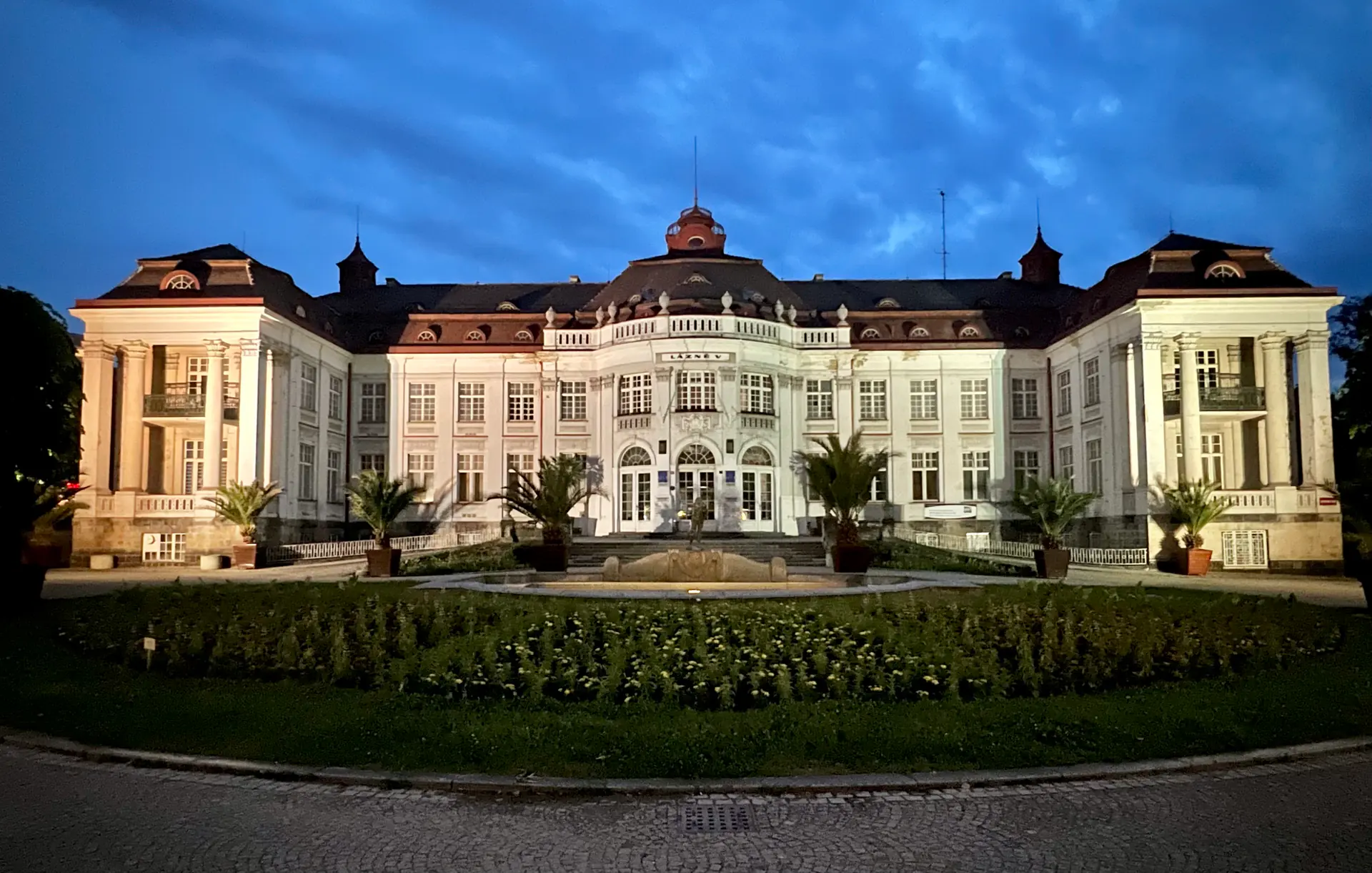
Karlovy Vary - Czech Spa Architecture and Hot Springs
Karlovy Vary exemplifies the golden age of Central European spa culture with distinctive colonnades and exceptionally hot springs. The Mill Colonnade, a 132-metre Neo-Renaissance structure designed by Josef Zítek, houses multiple thermal springs and represents architectural grandeur of 19th-century spa design. The town's crown jewel, the Vřídlo geyser, reaches temperatures of 73.4°C, making it one of the hottest springs in the entire UNESCO serial property. With over 80 mineral springs, Karlovy Vary demonstrates the scale and sophistication of Bohemian spa culture. The town's architectural ensemble, from neoclassical to Art Nouveau styles, illustrates spa culture's evolution throughout the Habsburg period.
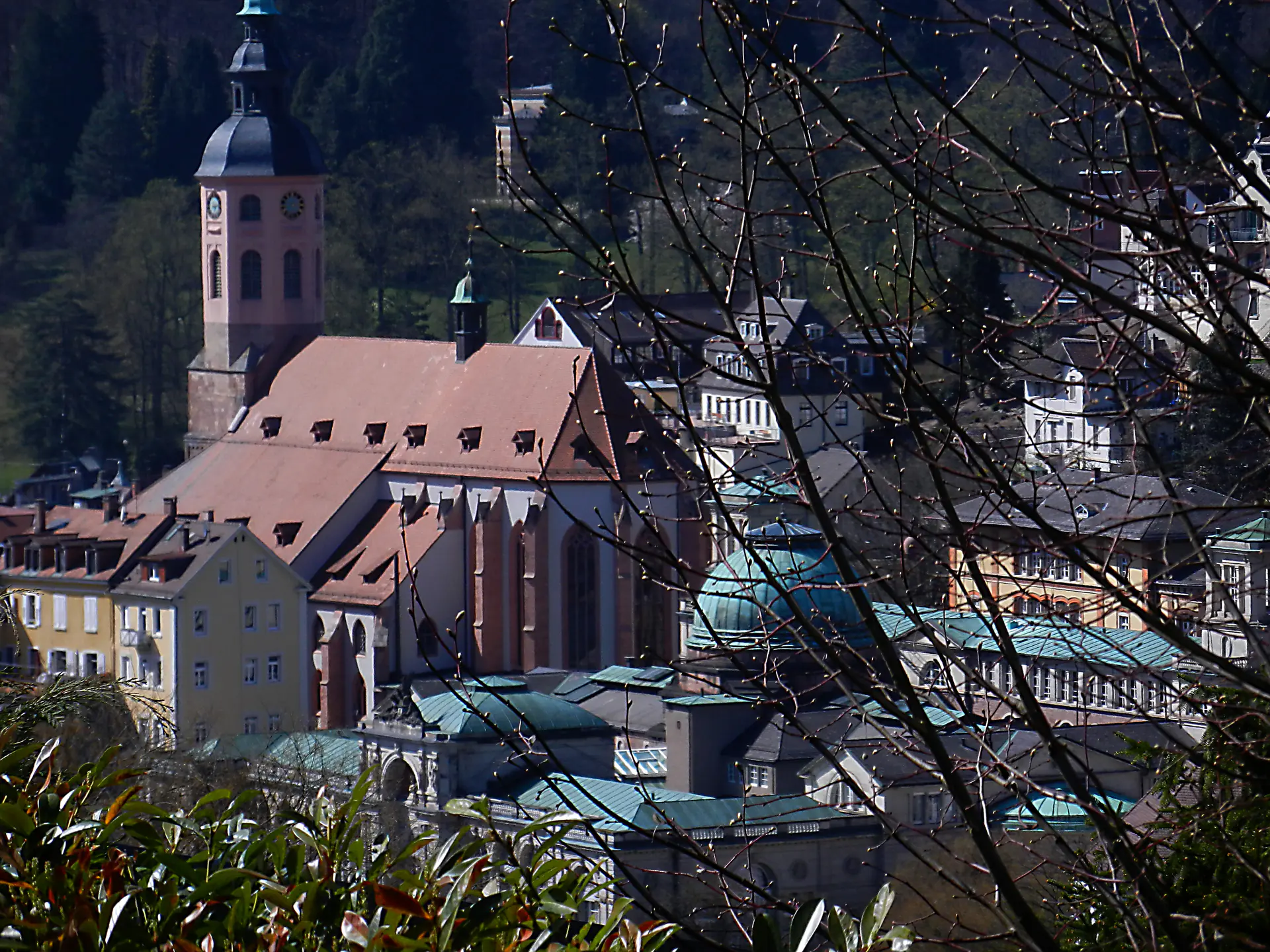
Baden-Baden - German Thermal Excellence
Baden-Baden represents the sophistication of German spa culture, once hailed as "Europe's summer capital" during the 1850s-1860s. Its 29 natural springs, with temperatures ranging from 46 to 67°C, flow from artesian wells 1,800 metres underground, creating some of Europe's most mineral-rich waters. The Friedrichsbad, a Renaissance-style thermal complex, and the modern Caracalla Spa demonstrate bathing culture evolution from Roman times through contemporary wellness practices. Baden-Baden's international reputation attracted European nobility and established the template for modern luxury spa destinations. The town's architectural ensemble combines Belle Époque grandeur with therapeutic functionality, exemplifying German precision in spa development.
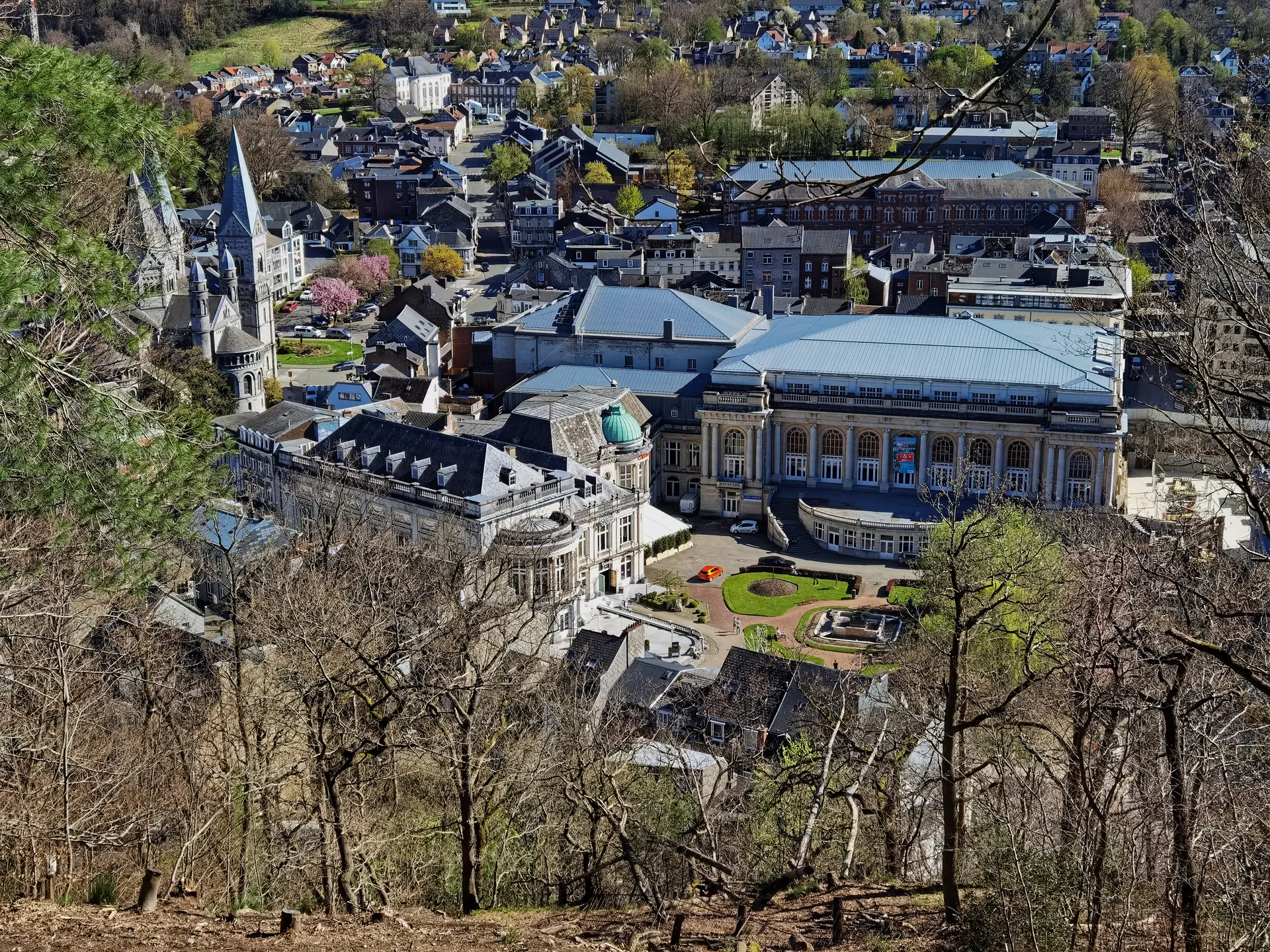
Spa, Belgium - The Original Spa Experience
Spa holds the unique distinction of being the namesake for spa culture worldwide, with its name becoming synonymous with thermal therapy and wellness tourism. The town's over 300 mineral springs, classified into light mineral waters and natural sparkling "pouhons", represent the diversity of European therapeutic waters. Located in the Ardennes mountains, Spa developed foundational concepts of thermal tourism that spread throughout Europe. Its historical significance includes hosting the world's first beauty pageant in 1888 and serving as Kaiser Wilhelm II's final residence before his abdication. The town's thermal establishments evolved from simple springs into sophisticated spa complexes, establishing patterns replicated across Europe.
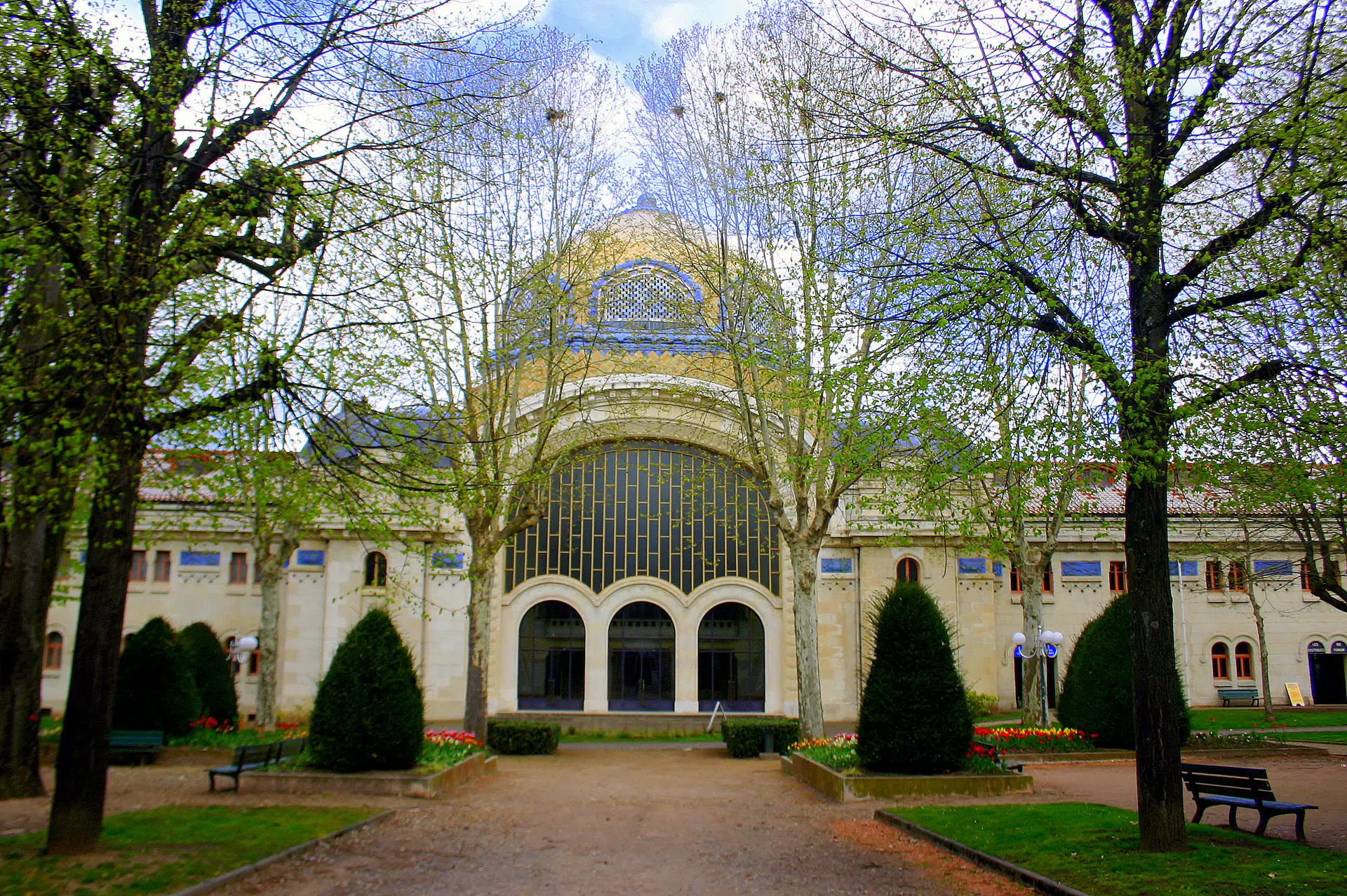
Vichy - The Queen of French Spa Towns
Vichy earned its title as the "Queen of Spa Towns" through exceptional thermal facilities and cultural significance. With 289 charted springs containing lithium, fluorine, and sodium bicarbonate at temperatures ranging from 14-73°C, Vichy offers the greatest diversity of mineral waters among the UNESCO spa towns. The town's transformation under Napoleon III between 1861-1866 established the template for modern spa town development, combining therapeutic facilities with cultural amenities including the Art Nouveau Opera House opened in 1903. Vichy welcomed up to 100,000 spa visitors annually before World War I, demonstrating the scale of its international appeal. The town's thermal parks and Belle Époque architecture represent French elegance in spa design.
Location & Planning
Access individual towns via European rail or car. Group geographically (Czech spa triangle, German regions) for efficient travel. Book signature treatments at Baden-Baden Friedrichsbad or Vichy in advance. Most towns offer treatment packages.
Loading map...
Frequently Asked Questions
Inscribed in 2021, this transnational property represents European spa culture from the 18th-20th centuries. The 11 towns across 7 countries demonstrate evolution of therapeutic practices around mineral springs (14°C-73.4°C) with distinctive architecture, landscaped gardens, and cultural institutions including opera houses.
Eleven towns span seven countries: Austria (Baden bei Wien), Belgium (Spa), Czech Republic (Františkovy Lázně, Karlovy Vary, Mariánské Lázně), France (Vichy), Germany (Bad Ems, Baden-Baden, Bad Kissingen), Italy (Montecatini Terme), and United Kingdom (Bath). Each represents distinctive regional spa culture development.
Plan 10-14 days allowing 2-3 days per town. Group geographically close towns (Czech spa triangle, German regions) for efficient travel. Start with Bath, then explore Central European clusters. Book signature treatments at Baden-Baden's Friedrichsbad or Vichy in advance.
Year-round destinations, though spring and autumn offer pleasant weather. Summer provides warmest conditions for outdoor thermal experiences. Book treatments and accommodation in advance, especially for peak summer season and Christmas markets in Central European towns.
Yes, most towns maintain active thermal facilities offering traditional and contemporary wellness treatments. Baden-Baden's Friedrichsbad, Vichy's treatment centres, and Karlovy Vary's colonnades use the same springs that attracted visitors for centuries. Advance booking essential for popular facilities.
Bring comfortable walking shoes, swimwear for thermal pools, modest robe or cover-up. Many facilities provide robes and towels. Pack layers for variable European weather. Some treatments require specific attire; check facility requirements when booking. Bring slip-resistant shoes for wet areas.
Spa, Belgium gave its name to spa culture worldwide. With 300+ mineral springs, it developed foundational thermal tourism concepts from the 16th century that spread throughout Europe and globally, establishing architectural and social patterns replicated worldwide.
UNESCO World Heritage Criteria
Inscribed in 2021, this site meets 2 of UNESCO's 10 criteria for Outstanding Universal Value
Criterion (ii): Interchange of human values
The Great Spa Towns facilitated exceptional interchange of human values across Europe from the 18th to early 20th centuries, spreading wellness tourism concepts, architectural innovations from neoclassical to Art Nouveau styles, and cosmopolitan ideals whilst fostering international cultural exchange amongst European elite society.
Criterion (iii): Testimony to cultural tradition
These eleven spa towns provide unique testimony to European spa culture development around natural mineral springs, representing therapeutic and leisure evolution through distinctive architecture including colonnades, pump rooms, landscaped gardens, and cultural institutions that defined modern wellness tourism traditions across seven nations.
Historical Context
Ancient Foundations (Roman Era - 500 CE)
Roman civilisation established sophisticated thermal bathing culture across the empire, most notably at Bath where Romans built elaborate bath complexes around natural hot springs reaching 46°C, creating foundational hydraulic engineering technologies and social practices for therapeutic bathing that influenced European spa culture for millennia.
Medieval Rediscovery (1000-1650)
European rediscovery of thermal springs for healing purposes after centuries of decline following the Roman Empire's collapse. Spa, Belgium emerges as a significant thermal destination with over 300 mineral springs, with its therapeutic waters gaining widespread reputation for medicinal properties throughout medieval and Renaissance periods amongst European nobility and merchants.
Baroque Development (1650-1750)
Formal spa culture development begins systematically across Central Europe as medical knowledge advances. The Habsburg monarchy actively promotes thermal tourism in Baden bei Wien and Bohemian territories. Early spa architecture emerges combining therapeutic functionality with elegant social gathering spaces, establishing enduring European patterns.
Classical Spa Era (1750-1850)
Golden age of spa culture flourishes as aristocratic leisure reaches its peak. Karlovy Vary, Baden-Baden, and Vichy develop sophisticated thermal facilities with elaborate pump rooms and cultural institutions including theatres. Elegant neoclassical architecture becomes the dominant spa style, expressing Enlightenment values through proportional design.
Belle Époque Grandeur (1850-1914)
Peak of international spa society as railway connections enable unprecedented travel. Towns develop elaborate thermal complexes with hydrotherapy facilities, opera houses, and casino buildings. Art Nouveau styles flourish with ornate decoration. Spa culture symbolises European cosmopolitan life, attracting royalty, artists, and international elite.
Modern Adaptation (1914-1930)
Spa culture adapts to changing social conditions after World War I. Aristocratic exclusivity gives way to middle-class accessibility as democratisation transforms spa culture. Final architectural development incorporating modernist influences occurs before UNESCO recognition period ends, completing traditional European spa evolution.
Conservation & Protection
Current Conservation Status
The transnational serial property maintains generally good conservation status across all component towns, with active thermal spring source protection programmes and comprehensive architectural preservation initiatives coordinated internationally.
Conservation Challenges
- Urban development pressure in historic spa town centres threatening authentic character
- Climate change impacts on natural spring flow rates, temperatures, and mineral composition
- Complex tourism management across multiple countries with different languages and regulations
- Balancing modern spa facility operational needs with strict historic preservation requirements
- Coordinating consistent conservation standards across seven different national legal frameworks
Active Conservation Efforts
- Coordinated management plans across seven participating countries with regular multilateral meetings and shared standards
- Spring source protection programmes and comprehensive geological monitoring systems tracking flow rates and mineral composition
- International cooperation protocols specifically designed for shared transnational heritage management across diverse legal frameworks
- Sustainable tourism development guidelines tailored for thermal destinations balancing visitor access with preservation
- Architectural conservation standards maintaining authentic spa character across diverse historical styles from neoclassical to Art Nouveau
Image & Content Attribution
Research & Content Sources
Photography & Visual Media
Last updated: 11 October 2025